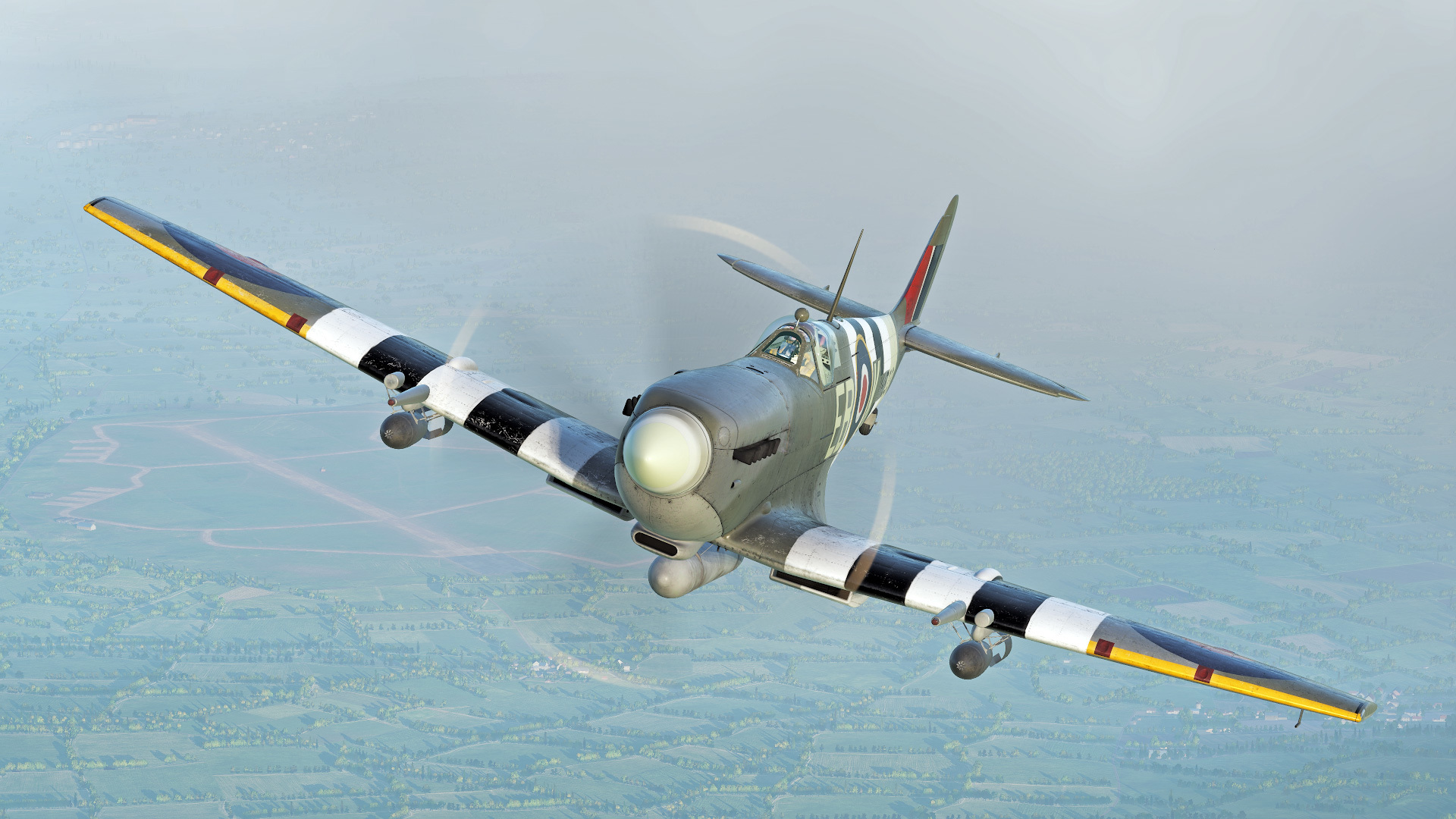
Aug 22, 2018
DCS World Steam Edition - NineLine
In an upcoming update we’ll be expanding the tracking ability of the AIM-9X out to 90 degrees. So, once you snag a lock (boresight or SEAM), it will hold on to the lock at High Off Boresight (HOBS) angles. However, even with a HOBS lock, you will have to account for the ability of the AIM-9X to still make the turn in time to intercept the target / retain energy to run the target down after bleeding a lot of energy in the turn.
This video show some internal tests of what is to come.
Once the JHMCS in integrated (our current new-feature priority), you’ll be about to snag locks just using the helmet at 90 degrees off. When combined with VR: Nirvana.
https://www.youtube.com/watch?v=-qaGmI69zUY&feature=youtu.be
This video show some internal tests of what is to come.
Once the JHMCS in integrated (our current new-feature priority), you’ll be about to snag locks just using the helmet at 90 degrees off. When combined with VR: Nirvana.
https://www.youtube.com/watch?v=-qaGmI69zUY&feature=youtu.be







